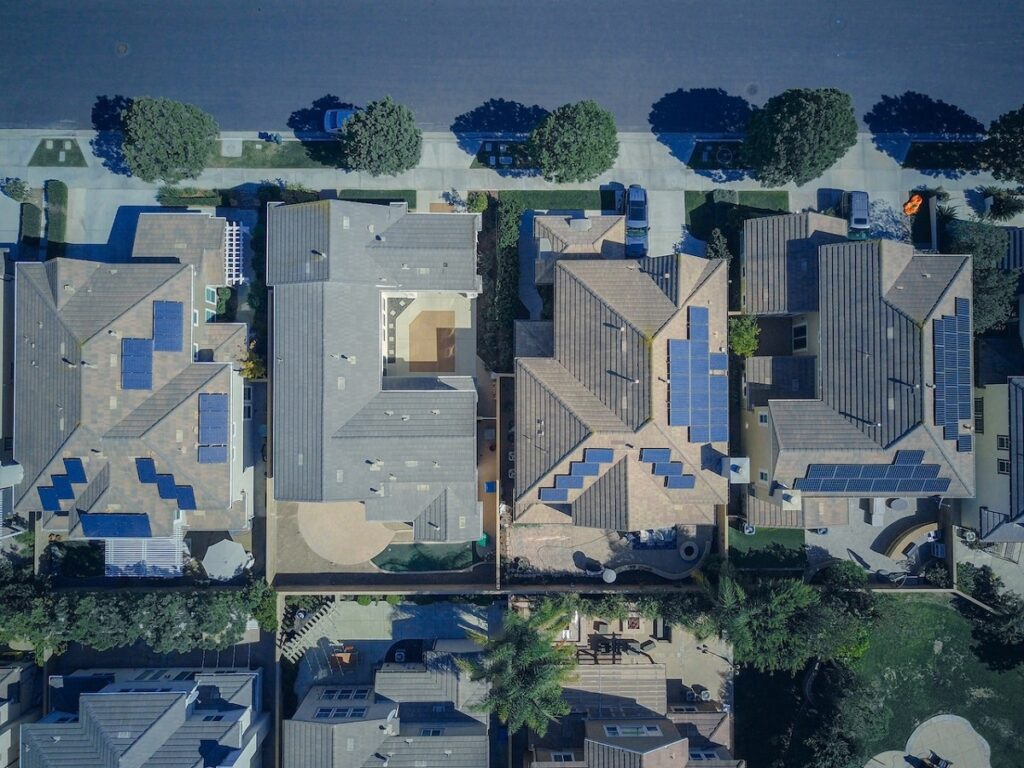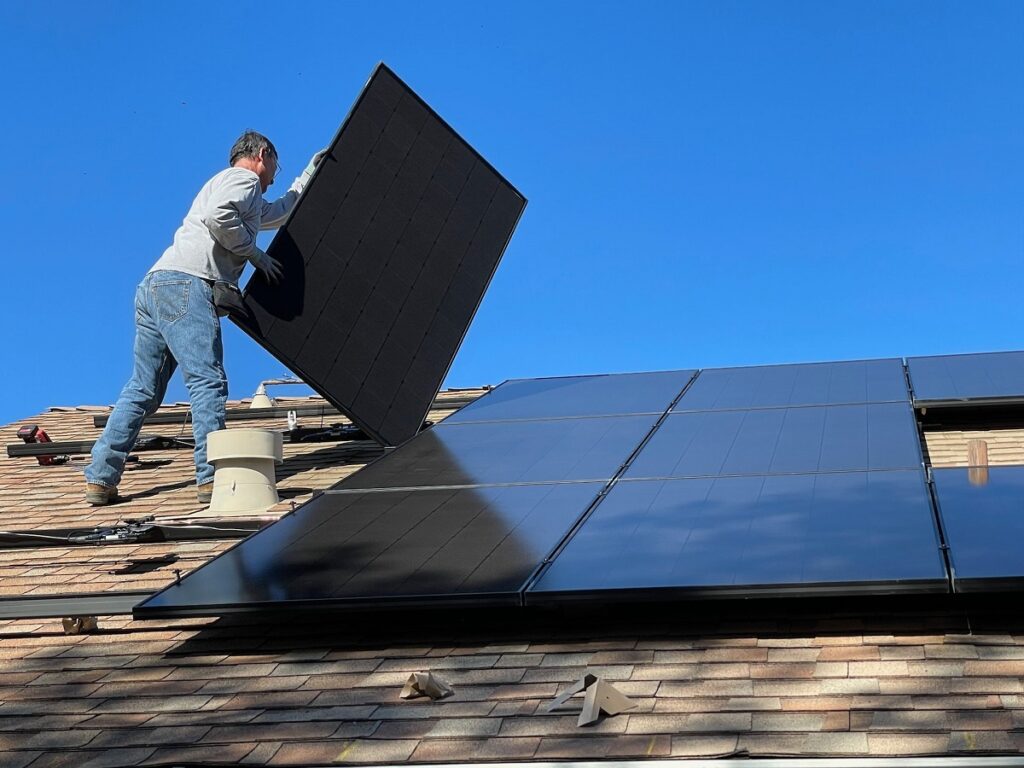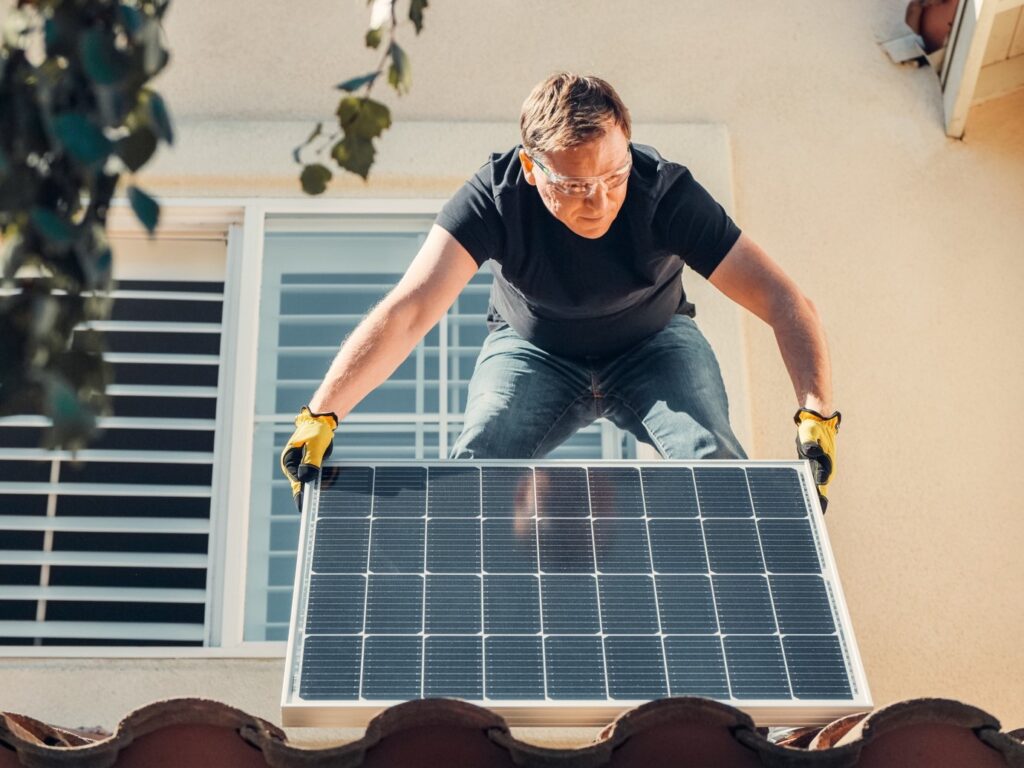If you’re thinking about getting a solar system installation Melbourne wide then you’ll want to know what’s changing with the solar rebate in 2021.Did you know that in 2020 the Victorian solar rebate was at its highest value ever? If you booked your solar panel system installation before the 2020 deadline, then you will benefit from big savings.
However, if you have missed the deadline, don’t worry! There are still huge savings to be had if you get your solar rebate application in ASAP. Here are a few things you need to know about the solar rebate Melbourne in 2021.
Solar Rebates are Earned through Environmental “Certificates”
Small solar systems are entitled to Small-scale Technology Certificates under the Renewable Energy Scheme. These certificates are environmental “credits” that you trade in exchange for a discount on your solar panel system. It goes without saying that the more certificates you have, the more money you can save. At the moment, Victorians can be issued with as many as ten energy certificates, but this will decrease over time. In 2022 it will only be possible to receive a maximum of nine credits, so it pays to act fast.
Do You Know How Many Solar Energy Certificates You’re Eligible For?
Did you know there’s a simple way to work out how many solar credits you’re eligible to receive? Try out this simple formula:
KW solar system size X deeming period in years X zone rate = the number of Small Technology Certificates up for grabs!
You can find the deeming period in years here and your postcode zone rating over here. To find out which kW solar system size will suit your home best, you can book a consultation with our experts at Sunstainable here.
New Energy Rebates are on Their Way
When it comes to reducing energy use and saving money, there is more than one way to reach your goals. That’s why energy rebates in 2021 are expanding to cover things like window sealing and heating and cooling upgrades. Making your home more energy efficient is a big part of the overall picture when it comes to living greener.
Poorly insulated houses are a huge contributor to greenhouse gases, since these are much more difficult to heat in winter and keep cool in summer.
The Victorian Government is set to introduce minimum efficiency standards for rental properties, ensuring that tenants don’t have to have to put up with old, dodgy heaters and cold, poorly insulated houses.
The Victorian Government will also provide funding to help introduce 7-star efficiency standards for new builds, which in itself will give a boost to the construction energy on our road to recovery.
Rebates and grants provided through Solar Victoria will help households replace inefficient heaters with high-efficiency reverse cycle air conditioners. With more energy efficient heating and cooling you can expect to make considerable savings on your annual energy bills of around:
- $300 a year when upgrading from a gas heater
- $680 a year if replacing inefficient electric heating
- $900 a year if replacing LPG heating
The program also provides a base rebate of $1000 towards the cost of installing high efficiency heating and cooling (average cost $1700). Some households may also be eligible for a Victorian Energy Upgrade incentive.
Coupled with cheaper energy, these upgrades will also provide broader environmental benefits, by reducing greenhouse gas emissions and improving local air quality. Finally, home solar energy isn’t going away anytime soon. More Victorians will be able to experience the benefits of solar in 2021, as the Victorian Government is set to pump $191 million into the Solar Homes program.
This means 42,000 additional solar rebates, equal to 140,000 households. Better yet, small businesses will also be able to apply – with 15,000 solar rebates set aside for businesses!
There will also be the Solar Homes battery rebate, which will help 17,500 households install solar energy batteries over the next three years. Solar batteries help households store excess energy drawn from solar panels on sunny days that can be saved for later, when you need to use more energy than usual, or are experiencing a rainy day, supplying your home with affordable clean energy year-round.
Ready to Get Solar Powered?
Contact Sunstainable to find out how many STCs you may be eligible for. We can also discuss the interest-free loans on offer if you would like to further reduce the up-front costs of solar


